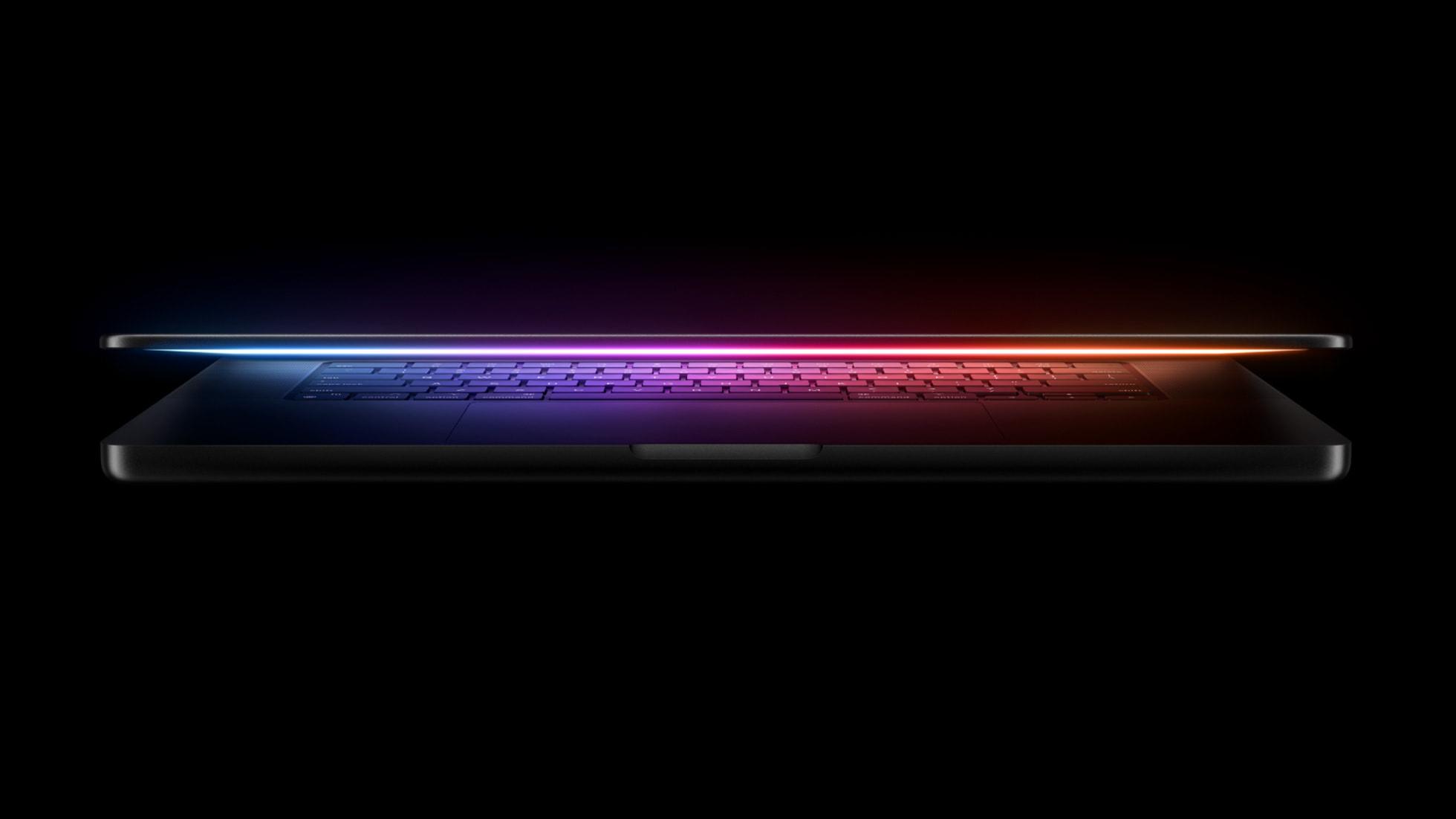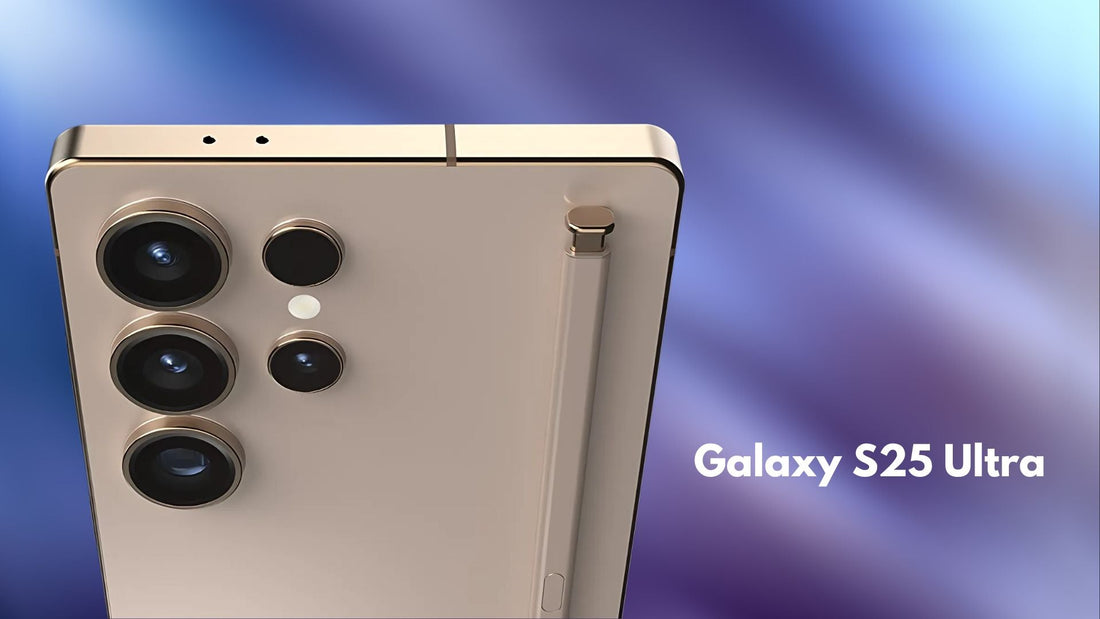Our smartphones have become indispensable, but the environmental footprint of their production and disposal is enormous. On average, people upgrade phones every 18 months, even though a device can last 5+ years. This early turnover generates mountains of e-waste – for example, 130 million phones are thrown away in the U.S. each year. In this article, we explore the sustainability concerns around phones and how “green” alternatives stack up against mainstream models. We’ll look at the key eco-friendly features in sustainable phones, real user experiences, pros and cons, brand-by-brand comparisons, often-overlooked factors (repair scores, carbon offsets, etc.), and actionable takeaways for consumers and makers.
Key Insights into Smartphone Sustainability
- Production is Paramount: Up to 90% of a smartphone’s carbon footprint is generated during its manufacturing, largely due to the energy-intensive extraction of raw materials.
- Repairability and Longevity are Key: Extending a smartphone’s lifespan through modular design, user-replaceable parts, and long-term software updates significantly reduces e-waste and environmental impact.
- Consumer Choices Drive Change: Opting for brands committed to recycled materials, ethical sourcing, and robust recycling programs can collectively shift the industry towards greater sustainability.
The Environmental Footprint of Smartphone Production: A Resource-Intensive Odyssey
The creation of a smartphone is a remarkably complex and resource-intensive process, largely contributing to its overall environmental impact. It’s estimated that a staggering 80% to 90% of a smartphone’s carbon footprint is generated during its production phase. This intensive process involves the extraction and refinement of a diverse array of precious metals and minerals, each playing a crucial role in the device’s functionality.

Mining’s Unseen Scars: Resource Depletion and Pollution
The global demand for smartphones drives an insatiable need for raw materials. This demand translates into extensive mining operations worldwide, which are often characterized by destructive practices. Beyond the visible impact of deforestation, these operations introduce significant solid and liquid waste into surrounding ecosystems. This waste, if not managed with extreme care, can contaminate vital air, water, and soil resources, posing long-term threats to biodiversity and human health. The pursuit of “conflict minerals” in certain regions further complicates the issue, intertwining environmental concerns with ethical and humanitarian crises.
The Carbon-Intensive Assembly Line
Following material extraction, the manufacturing and assembly of smartphone components add another layer to their carbon footprint. This stage involves complex global supply chains, often spanning multiple continents, and relies on energy-intensive processes. The use of hazardous chemicals in manufacturing further necessitates careful waste management to prevent environmental contamination. A 2025 study estimated that producing a typical flagship device emits approximately 57 kg of CO2-equivalent over its lifecycle, with a significant portion attributed to the manufacturing and assembly stages. The push towards “green supply chains,” prioritizing suppliers using renewable energy and minimizing waste, is essential for mitigating these impacts.
Operational Impact and the Challenge of E-Waste
While production accounts for the lion’s share of a smartphone’s environmental impact, its operational life and end-of-life management also contribute significantly. The continuous evolution of smartphone technology and aggressive marketing strategies often lead to a rapid replacement cycle, exacerbating the problem of electronic waste (e-waste).
Energy Consumption and Network Emissions
Once a smartphone is manufactured, its daily use requires electricity for charging and operation. While this accounts for a smaller percentage of its total emissions (around 16%), the cumulative energy demand from billions of devices is substantial, especially when sourced from non-renewable grids. Moreover, the vast infrastructure supporting smartphone networks—including data centers, cell towers, and communication networks—demands considerable energy, and as data usage continues to surge, so does the energy footprint of these systems.
The E-Waste Deluge: A Looming Crisis
The average lifespan of a smartphone is often cited as merely two to three years, driven by consumer desire for upgrades and, in some cases, planned obsolescence. This rapid turnover generates millions of tons of e-waste annually. If not properly managed, this waste becomes a source of toxic chemicals, such as lead, mercury, and cadmium—that can leach into soil and water, harming ecosystems and human health. Despite the presence of valuable materials like gold, silver, and rare earth elements within discarded devices, a significant portion is not recycled, leading to a loss of valuable resources and increased reliance on primary extraction.

Pioneering the Green Frontier: Innovations in Sustainable Smartphone Design
The good news is that the smartphone industry is undergoing a significant transformation, driven by a growing awareness of environmental responsibilities and increasing consumer demand for sustainable products. Manufacturers are now integrating eco-friendly design principles, focusing on extending product lifespans, and embracing circular economy initiatives.
Eco-Friendly Materials and Design for Longevity
A central pillar of sustainable smartphone design is the conscious choice of materials. Leading brands are incorporating renewable and recycled content into their devices. For instance, the Samsung Galaxy S24 series utilizes recycled cobalt and rare earth elements, while Fairphone has pioneered the use of 100% recycled plastic in its phones, alongside ethically sourced fair trade gold and silver. Beyond materials, the concept of “design for sustainability” emphasizes modularity and repairability, allowing users to easily replace components like batteries and screens rather than discarding the entire device.
The Fairphone 5 is renowned for its modular design, emphasizing repairability and a longer lifespan, significantly reducing e-waste. This video showcases its features and the company’s commitment to sustainability, highlighting how every component is designed for easy replacement, empowering users to maintain their devices for many years.
Extended Lifespan Through Software and Service
Extending the functional life of a smartphone is a powerful sustainability strategy. This involves not only designing for physical durability but also providing extended software updates and readily available spare parts. Fairphone, a leader in this area, offers an impressive eight years of software updates and a five-year warranty, alongside its modular design. Brands like Teracube also emphasize user-replaceable batteries and longer warranties to encourage repair over premature replacement. The industry trend is moving towards longer software support, with some flagship models expected to offer five years of support by 2025, significantly reducing the incentive for frequent upgrades.
Circular Economy Principles in Action
The circular economy model, which aims to minimize waste and maximize resource utilization, is gaining traction. This involves robust recycling systems to reclaim valuable components from old devices, giving them a “new life” in new products. Trade-in and recycling programs are becoming more common, with companies like Samsung actively recycling precious components from old smartphones. The growing market for refurbished devices also plays a vital role in this circular approach, offering consumers a more sustainable and affordable alternative to new purchases.
Leading the Charge: Sustainable Smartphone Brands and Their Initiatives
Several brands are at the forefront of the sustainable smartphone movement, demonstrating varying approaches to mitigating environmental impact. Their efforts range from pioneering repairable designs to implementing comprehensive recycling and ethical sourcing programs.
| Brand | Key Sustainability Initiatives | Notable Models/Features |
|---|---|---|
| Fairphone | Modular design, high repairability, 100% recycled plastic, fair trade gold & silver sourcing, 8 years software support, 5-year warranty. | Fairphone 5 (most repairable), Fairphone 4. |
| Apple | Aim for carbon neutrality by 2030 across supply chain, use of recycled rare earth elements and cobalt, Daisy recycling robot, extended software support. | iPhone 15 series (recycled materials, responsibly mined), strong longevity. |
| Samsung | Target of 100% recycled materials in all phones by 2025, “Zero Waste to Landfill” by 2025, upcycling programs, high repairability, energy-efficient manufacturing. | Galaxy S24 series (recycled cobalt & rare earth elements), Z Fold/Flip series. |
| Increased use of recycled aluminum, plastic, and glass in Pixel devices, official repair kits, renewable energy commitments. | Pixel 8 series (recycled materials, repair kits). | |
| Teracube | Durable phones, user-replaceable batteries, 4-year warranty, partnership with One Tree Planted. | Teracube 2e, Teracube Thrive. |
The Power of the Consumer: Making Sustainable Choices
Consumers hold significant power in driving the smartphone industry towards greater sustainability. By making informed purchasing decisions and adopting more environmentally conscious habits, individuals can collectively create a powerful demand for greener technology.
Choosing Your Next Sustainable Smartphone
When selecting a new device, look beyond just performance metrics. Consider the following:
- Repairability and Modularity: Prioritize phones that allow for easy replacement of components like batteries and screens. Brands like Fairphone excel in this area.
- Recycled and Ethically Sourced Materials: Look for clear disclosures from manufacturers regarding the percentage of recycled materials used and their commitment to conflict-free and fair trade sourcing.
- Extended Software Support: A phone that receives software updates for many years remains secure and functional for longer, reducing the need for premature upgrades.
- Certifications and Eco-Ratings: Initiatives like “Eco Rating” provide harmonized scoring systems to evaluate a smartphone’s environmental impact, offering transparency to consumers.
Extending Your Current Device’s Lifespan
The most sustainable smartphone is often the one you already own. Simple practices can significantly extend its life:
- Protective Measures: Use a durable case and screen protector to prevent damage from drops and scratches.
- Battery Care: Avoid extreme temperatures and prolonged full charges or discharges. Modern smartphones often have features to optimize battery health.
- Timely Repairs: Don’t delay repairing minor issues. A cracked screen or failing battery can often be fixed, preventing the need for a full replacement.
- Software Updates: Keep your phone’s operating system and apps updated for optimal performance and security.
Responsible End-of-Life Management
When your smartphone truly reaches the end of its functional life, proper disposal is critical:
- Recycling Programs: Utilize authorized e-waste recycling facilities or manufacturer take-back programs. Many electronics retailers also offer recycling services.
- Trade-in or Refurbish: If your phone is still functional, consider trading it in for a discount on a new device or selling it to a refurbisher. This extends its life and prevents it from becoming waste.
The Path Forward: Future Trends in Smartphone Sustainability
The trajectory for smartphone sustainability is one of continuous innovation and increasing accountability. Several key trends are expected to shape the industry in the coming years:
Regulatory Impetus and Legislative Pressure
Governments and regulatory bodies are increasingly stepping in to mandate sustainability. For example, the EU’s upcoming ecodesign and energy labeling regulations will require transparent sustainability disclosures and minimum durability standards for smartphones by June 2025. Such legislation will compel manufacturers worldwide to adopt more environmentally friendly practices.
Material Innovation and Green Batteries
Research and development in material science are paving the way for more sustainable components. This includes the development of bio-based plastics and more environmentally friendly battery technologies that reduce reliance on critical, often conflict-associated, minerals. Advances in energy harvesting and more efficient charging solutions will also contribute to a lower operational footprint.
Enhanced Transparency and Consumer Empowerment
The future will see greater transparency in supply chains and product life cycles. Environmental Product Declarations (EPDs) and enhanced Eco Rating programs will provide consumers with accessible and standardized information, empowering them to make truly informed decisions. This increased transparency will also hold companies more accountable for their environmental claims.
Understanding Key Sustainability Factors
To further contextualize the sustainability efforts of smartphone manufacturers, let’s look at key performance indicators through a radar chart. This chart illustrates an opinionated analysis of how various aspects of sustainability are addressed by leading brands.
Impact on Carbon Footprint by Smartphone Lifecycle Stage
To further illustrate where the environmental burden of a smartphone lies, the following bar chart breaks down the approximate carbon footprint across different stages of its lifecycle. This visualization helps to underscore the critical areas where improvements can yield the most significant environmental benefits.
This bar chart visually represents the approximate percentage of a smartphone’s total carbon footprint attributed to various lifecycle stages. It clearly shows that raw material extraction and manufacturing dominate the emissions, reinforcing the need for sustainable sourcing and production practices. While usage and end-of-life disposal also contribute, the initial production phase is where the most significant environmental impact occurs.
(FAQ) About Smartphone Sustainability
What is the biggest environmental impact of a smartphone?
The largest environmental impact of a smartphone, accounting for 80-90% of its carbon footprint, occurs during the manufacturing phase.
How can I make my smartphone more sustainable?
You can make your smartphone more sustainable by choosing devices with long software support and repairable designs, maintaining your current phone to extend its lifespan, and responsibly recycling your old devices through certified e-waste programs.
Which smartphone brands are considered most sustainable?
Fairphone is widely recognized as a leader in sustainability due to its modular design, use of recycled and ethically sourced materials, and long-term software support. Other brands like Apple, Samsung, and Google are also making significant strides in using recycled materials and improving supply chain transparency.
What are “conflict minerals” in smartphones?
Conflict minerals typically refer to tantalum, tin, tungsten, and gold (3TGs), which are often sourced from conflict-affected and high-risk areas. Their extraction can fuel armed conflicts, human rights abuses, and environmental degradation. Ethical sourcing initiatives aim to mitigate these issues.
Why is electronic waste (e-waste) a problem?
E-waste is a problem because discarded electronic devices, including smartphones, often contain toxic substances like lead, mercury, and cadmium, which can leach into soil and water, causing severe environmental contamination and health risks if not properly disposed of. Additionally, valuable resources are lost when devices are not recycled.
Navigating Towards a Greener Digital Future
The journey to truly sustainable smartphones is complex, but the industry is undeniably moving in a more eco-conscious direction. While the environmental costs associated with smartphone production and disposal remain substantial, the proliferation of eco-friendly designs, the adoption of recycled and ethically sourced materials, and the emphasis on repairability and extended lifespans offer a beacon of hope.
I'm Salim, the creator and tech enthusiast behind this website. My passion for technology has been a lifelong journey, fueled by a deep curiosity about how things work and a desire to explore the latest gadgets and innovations that shape our world.




